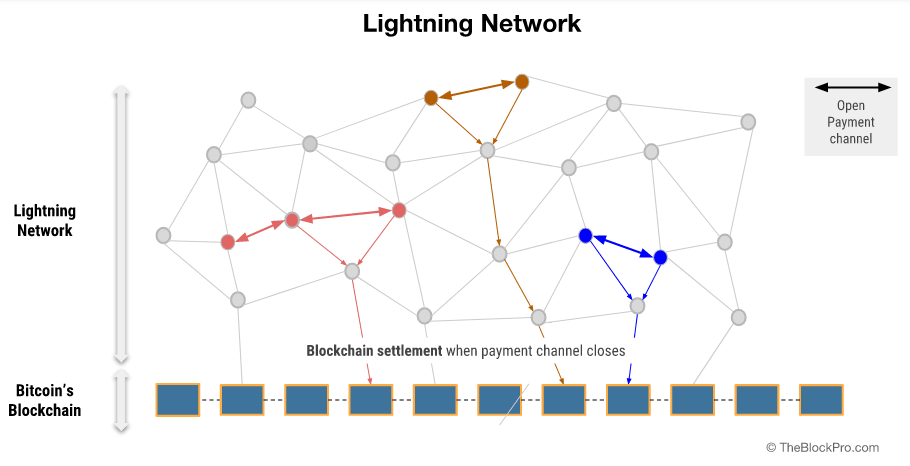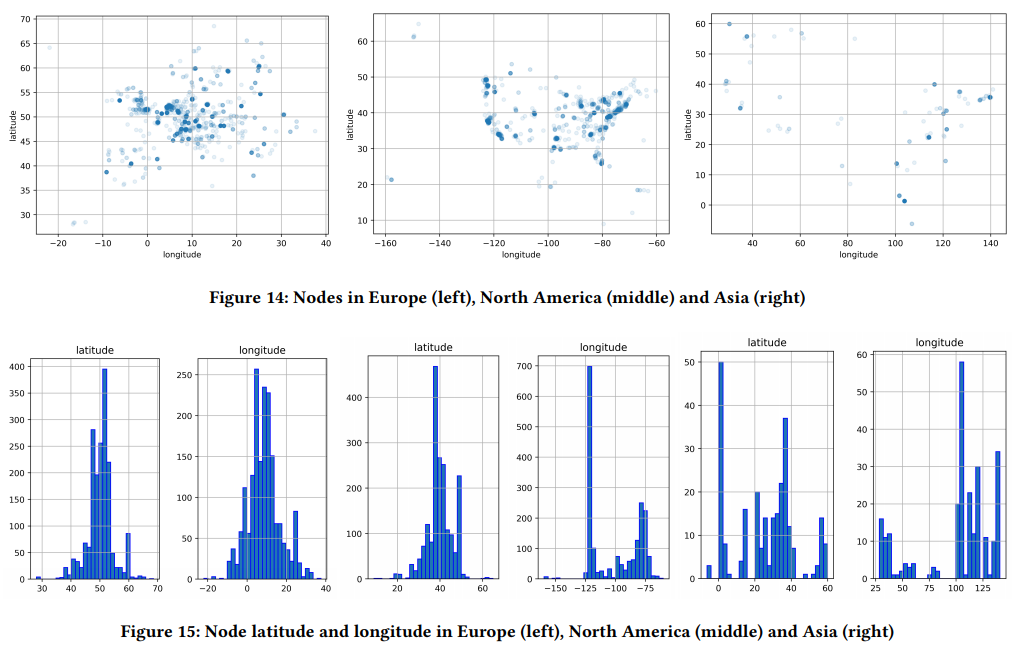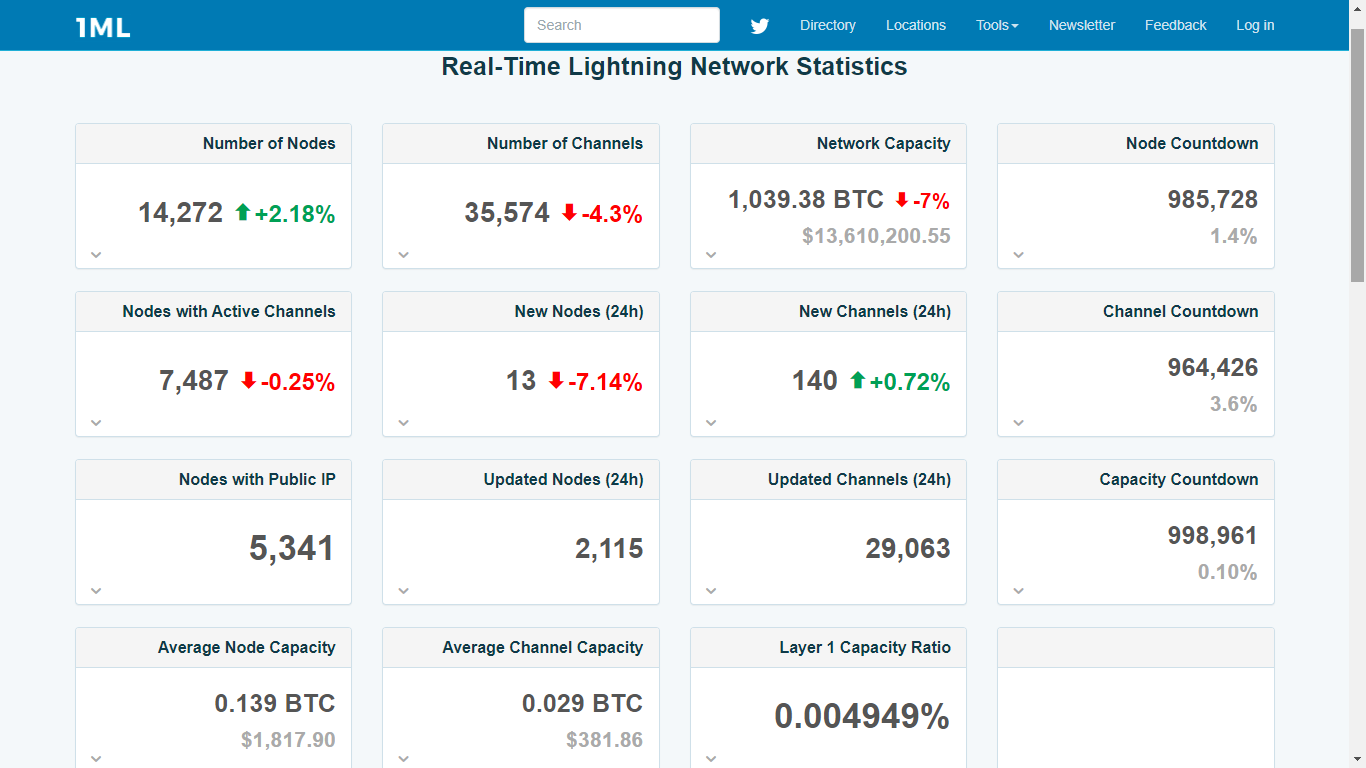As Bitcoin adoption grows more and more, concerns about the need for scalability solutions increase. Lightning Network is the most important layer-two development currently available on the Bitcoin blockchain, and it seems that North Americans are the favorite demographic for this efficiency-focused micropayment solution. The Lightning Network is a layer-two solution currently under development. It focuses on the creation of channels between peers that allow for almost instant and extremely cheap transactions without the need to record it on the blokchain. The money is locked on a wallet in order for it to be available on the Lightning Network, and once a user needs to have its tokens on the Bitcoin blockchain, the channel is closed and the blockchain registers one
Topics:
Felix Mollen considers the following as important: AA News, Bitcoin Adoption, BTCEUR, BTCGBP, btcusd, btcusdt, European Union, Lightning Network, United States
This could be interesting, too:
Bitcoin Schweiz News writes Was passiert, wenn alle 21 Millionen Bitcoin gemined sind?
Christian Mäder writes Die Bitcoin-Weltkarte: Holdings im Fokus
Christian Mäder writes Bitcoin-Transaktionsgebühren auf historischem Tief: Warum jetzt der beste Zeitpunkt für günstige Überweisungen ist
Christian Mäder writes Das Bitcoin-Reserve-Rennen der US-Bundesstaaten: Wer gewinnt das Krypto-Wettrüsten?
As Bitcoin adoption grows more and more, concerns about the need for scalability solutions increase. Lightning Network is the most important layer-two development currently available on the Bitcoin blockchain, and it seems that North Americans are the favorite demographic for this efficiency-focused micropayment solution.
The Lightning Network is a layer-two solution currently under development. It focuses on the creation of channels between peers that allow for almost instant and extremely cheap transactions without the need to record it on the blokchain. The money is locked on a wallet in order for it to be available on the Lightning Network, and once a user needs to have its tokens on the Bitcoin blockchain, the channel is closed and the blockchain registers one transaction from the original wallet to the final one without registering what happened in between.

North America and Europe Rule the Lightning Network
According to a report from the University of Vienna, 45% of all Lightning Network nodes run in North America, with a large majority in the United States. Lightning Labs, the leading developer of this scaling solution, is registered in that country. Blockstream, Bitcoin’s largest development company, is registered in Canada.
Europe is the second region on the list, with 43.1% of the world’s nodes. The rest of the nodes are distributed among Asia (6.2%), Oceania (2.2%), with South America and Africa sharing a small fraction of 0.8% and 0.6%, respectively.
The contrast between the number of nodes and the adoption of Bitcoin is remarkable. Latin America has a high adoption rate of Bitcoin, according to data compiled by Chainalysis. However, it has just under 1% of Lightning Network nodes. Africa is also showing a similar picture, with a high volume of trading and adoption, but with little interest in the micro-payment system.
Channels Share Cultural Ties
Another important finding is that Lightning Network has become very popular in large urban centers. Researchers believe that this is mainly due to the better infrastructure and connectivity, which facilitates the operation of the nodes:
We could observe that LND is popular in almost all countries and also showed that within a country nodes form clusters around cities and expand into their metropolitan areas. Also infrastructure plays a significant role in the distribution of nodes within a continent or country.
They also realized that many of the nodes open channels with peers who speak the same language or have similar cultures. For example, 80% of Argentina’s payment channels are shared with Uruguay, 10% with Peru, and about 4% with Chile and Venezuela.

A similar cultural phenomenon happens in other latitudes: Kenya, for example, shares more than 70% of its channels with South Africa, while China has to share channels with Taiwan and Hong Kong, Croatia with Czechia and Bulgaria and Mexico with Colombia, Chile, Puerto Rico and Argentina.
Ethereum Grows Faster Than The Lightning Newtork
Despite being overshadowed by the DeFi hype, Lightning Network continues to grow steadily. According to data from the Lightning Network tracking site 1ML, there are currently over 14200 Lightning Network nodes in operation. The network has a capacity of over 1039 BTC.

However, these statistics were recently exceeded by a somewhat heterodox solution: The number of synthetic Bitcoin tokens running on the Ethereum network already exceeded the total value of tokens moving on the Lightning Network.
